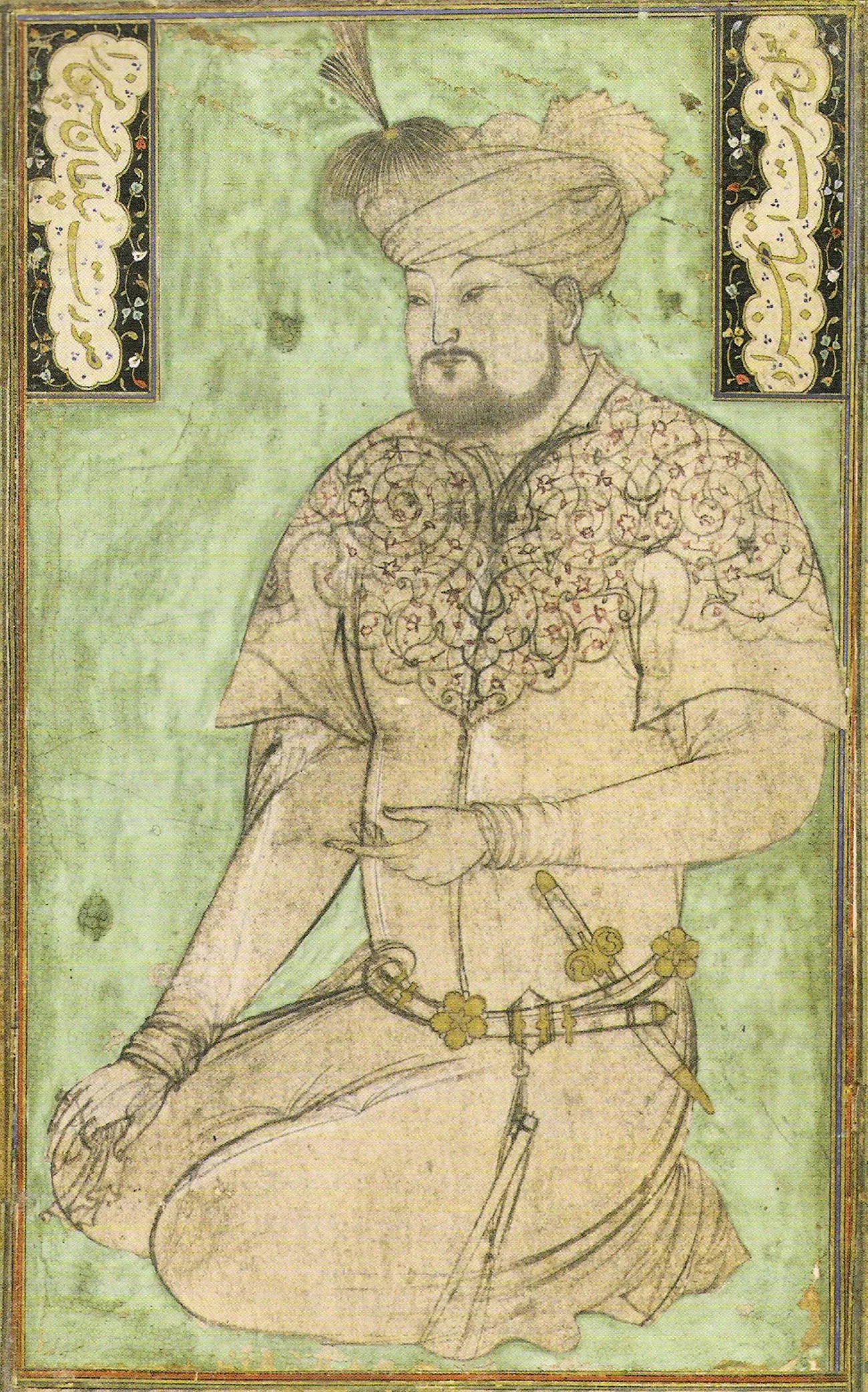
In particular, there are are an illustrated historical works in the Uzbek language “Fathnama-yi Khani” (“Book of Khan’s Victories”) by Muhammad Shadi, “Shaybaninama” (“Book of Shaybani”) and the manuscript of “Tavarikh-i Guzida-yi Nusratnama” (“Selected Stories from the Book of Victories”), already mentioned in connection with V. V. Stasov’s study of it. Historical works compiled in the first half of the 16th century.
The illustrations to these works demonstrate the important events of the heroic past of the Shibanids, as well as their predecessors, starting from Genghiz Khan: military victories, historical achievements, enthronement ceremonies and so on. At the same time, military scenes from different manuscripts have a similar manner of depicting horses, harnesses, weapons and clothes.
Stasov noted that the miniatures bear signs of a national, Mongolian style. Later studies showed that, indeed, miniatures of the 14 th-century Mongolian period, for example, the history of Rashid al-Din, were used as models for them. Maybe the samples were perceived not directly, but through their Herat “imitations” of the beginning of the 15th century.
You can learn more about the topic in the book-album "Arts of the book in the 15th–17th-century Mawarannahr" (Volume XVII) in the series "Cultural Legacy of Uzbekistan in the World Collections".
The main sponsor of the project is the oilfield services company Eriell-Group.
